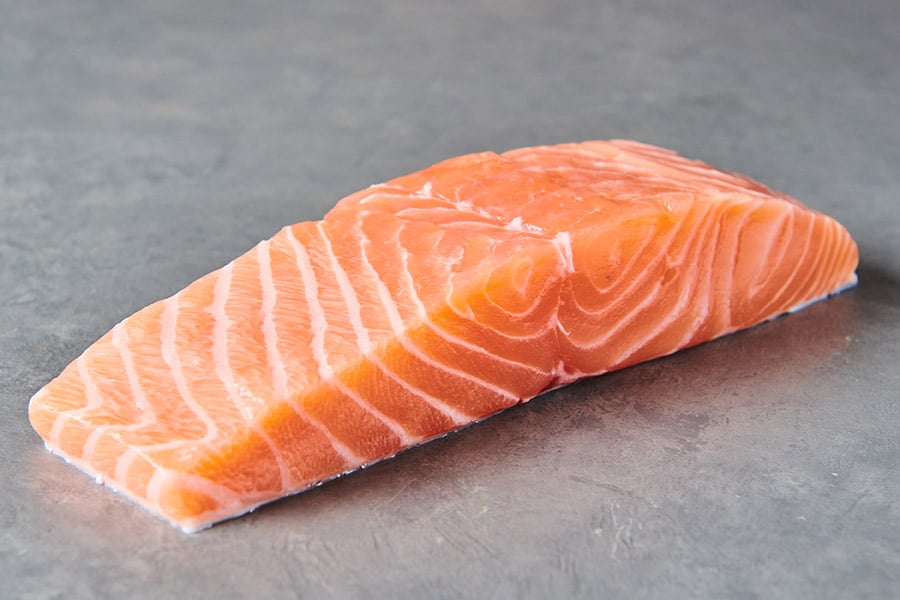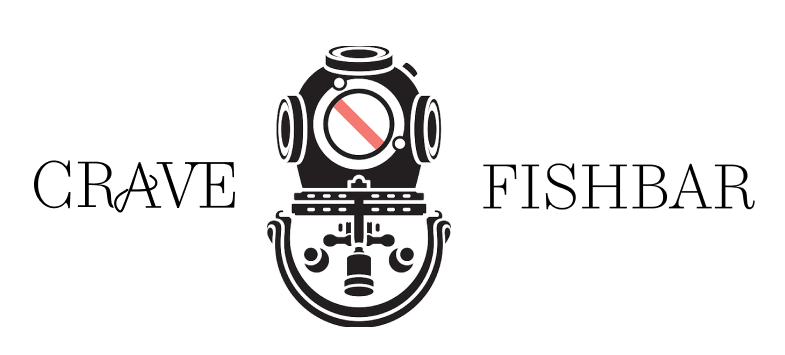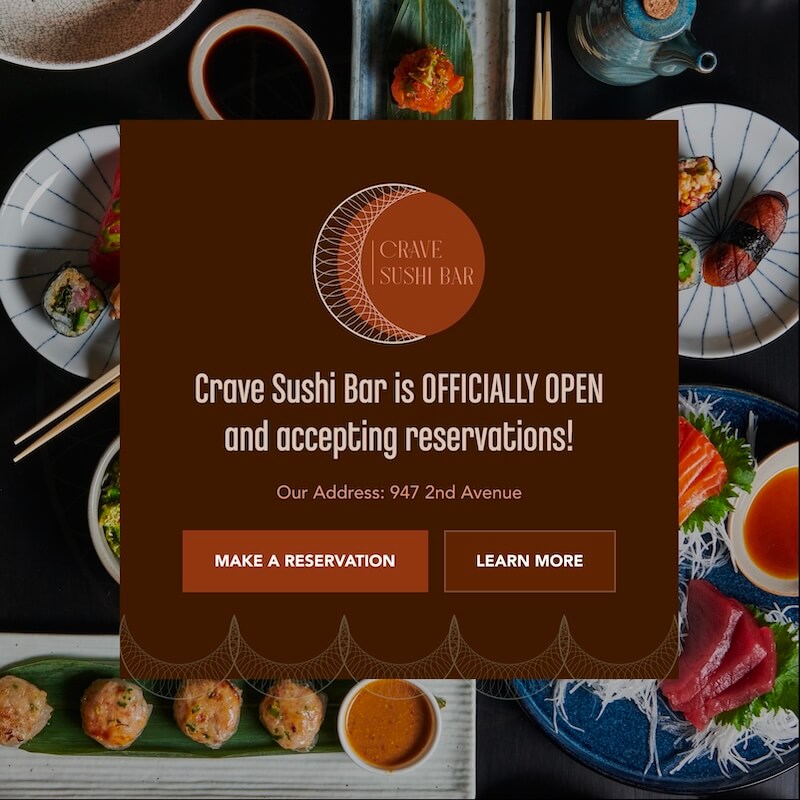
Faroe Islands Salmon
About Faroe Islands Salmon
The Faroe Islands salmon is the one and only salmon we serve at Crave Fishbar. Choosing a salmon for the menu of a seafood restaurant is a big decision—the species has so much market demand that regardless of the season or preparation, salmon dishes are almost always bestsellers. Chef Todd needed a salmon that was consistently high in quality, fresh, and from a transparent origin. And it had to be delicious.
“We were looking into sustainable, affordable options and one to promote good aquaculture,” Chef Todd says. Aquaculture, or fish farming, hasn’t always had the best reputation among consumers, but recent advancements have transformed the industry. When managed responsibly, aquaculture is a sustainable option that can meet the demands of global seafood consumption. Salmon was the perfect choice to promote responsible aquaculture to our guests. “Through our blind taste tests,” Chef Todd says, “the Faroe Island salmon stood out.”
The Faroe Islands salmon has a rich, buttery taste, with a firm texture and clean finish. It serves beautifully in a variety of preparations, from grilled and oven-roasted fillets to raw dishes. The Faroe Island salmon is sushi-grade.
Unlike other farmed varieties, whose dubious quality has created distrust among consumers, the quality of this salmon is so high that even experts can’t tell it’s farmed. Chef Todd prepared the Faroe Islands salmon alongside a wild-caught salmon for Larry Olmstead, author of Real Food, Fake Food. The blind taste test, filmed for the episode, “How to Buy Seafood,” on Dr. Oz, showcased the Faroe Islands salmon’s exceptional quality and taste—Larry Olmstead couldn’t tell the difference between the wild-caught variety and the Faroe Islands salmon. With responsible aquaculture, you will not have to sacrifice quality and taste.
The success of the Faroe Islands salmon is rooted in the Faroese culture and the island’s geographic location. In the northeast Atlantic Ocean, clear waters and strong currents encircle the Faroe Islands. The temperature is cool and steady. Historically, the islands were a feeding ground for wild European salmon, making this the perfect place for modern salmon aquaculture.
The Faroese are protective of their small island environment; their conservation practices have made them global leaders in sustainable aquaculture. In 2003, the Faroe Islands established one of the most stringent aquaculture veterinarian regulatory regimes in the world, resulting in a superior salmon raised free from antibiotics. Like all of the fish on our menu, the Faroe Island salmon does not contain preservatives, colorants, or other inorganic additives.
With global populations at an all-time high and more people eating seafood than ever before, serving only wild-caught fish isn’t just unsustainable, it’s impossible. Aquaculture now accounts for more than 52% of all the seafood consumed worldwide and when effectively managed, fish farms like the Faroe Islands provide an optimum product: sustainable, delicious, superior in quality, and rich with nutrients and omega 3s.
Facts About Faroe Islands Salmon
Aquaculture
Harvest Region: Faroe Islands
Aquaculture Method: Marine net pen
Seasonality: Year-round
Flavor Profile: Rich, moist
Texture Profile: Large flake
Monterey Bay Aquarium Seafood Watch Rating: Best Choice/ Green
Recommended Preparation: See our Recipe for Grilled Salmon with Kale Chips
Substitute: Ora King Salmon


